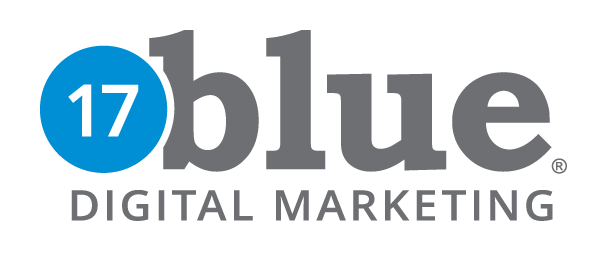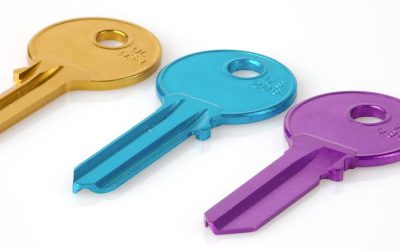When marketing your business, it’s critical to laser focus your efforts (and dollars) on your ideal client. Traditional broad-based advertising continues to show diminishing returns and marketing budgets are limited. It’s wise to narrow your focus and attract the Best Buyers.
How do you start? By knowing who your best buyers are.
Don’t believe the myth that you can “market to everyone.” yes, any one may be able to buy your product or service, but if you fail to target your messaging and marketing, you are wasting a lot of energy and plenty of cash. Developing a Best Buyer Persona – a profile of your best buyer – is how you and your staff will begin to speak the right language and pique the interest of your buyers online and in person.
Here are 5 things you should know to focus your efforts & attract your best buyers.
1. Basic Demographics
Take a look at your best customers. They buy more and more often. They see the value in your product or service more easily than others. They are raving fans, they recommend you to friends, and they’re easy to work with. You probably wish they had about 50 clones to send your way. Allow me to introduce you to your Best Buyer.
Now look at this group for common traits. What’s their age? Are they married/single? What’s their job/role? Do they have a family? Average annual income? Specific Interests? These are the foundations of understanding their world and how you best fit into it.
2. Concerns and Pain Points
Now that you have some basic information in mind, take it a step farther. Ask yourself (or better yet, ask your best clients) what are their concerns? Worries? Fears for the future? What keeps them up at night? What problems to they face? Specifically, what problem do you solve for them? How does it benefit them? How does that make them feel?
For example, an attorney who works with intellectual property such as trademarks and patents, has clients who are concerned their investments may not be protected enough to provide a legacy for their families. Her counsel and services offer them not only legal protection, but more importantly, peace of mind. She solves a legal problem that provides a sense of security for their future.
3. Values and Goals
Having answered the questions in #1 & #2, you can probably start to see what they care about (or don’t). What is it about your product or service that makes them very, very happy? What concern do you eliminate? In our attorney example, her clients probably care about building a legacy and a better future for their family. She can help them protect that legacy so it isn’t lost.
4. Sources & Preferences
Where do your clients usually look for information on your services? Do they Google first, or read an industry publication? Once they learn a little about your product or service, do they ask for a referral in a social network or call a trusted friend? Do they read reviews? What do they want to know? Do they need a consultation or shop online? Do they call, email or stop by?
The personality and needs of your best buyer will determine what you offer them and where that exchange takes place.
5. Common Objections
What are the most common “buts” you encounter in the sales process? What are potential buyers afraid of? What information do they need before they commit? What might make them back away from a purchase?
If you have clients who are opting to buy from another provider, politely ask them what made that choice easier for them. It may feel a little odd to ask, but you may be surprised at the insights you will gain.
Sometimes it’s a matter of educating them on the value or return on their investment. Sometimes it’s calming a few fears about support, follow up or installation. If you are prepared for those objections in the sales process, you can calm their fears or provide the needed information at the right time.
Recognizing your Best Buyer
A persona is not a real person, it’s just a profile. But that profile is built on real data from your customers, your experience, and your sales team. Now that you’ve gathered all this intelligence, you should be getting a sense of how they think, what they want, and where they will be looking for it. How will you and your sales team recognize this type of buyer? Is it their job? Their unique interest? Is it a concern they voice?
Once you can recognize your best buyer and speak to his concerns, goals and objections, you are positioned to create engaging content and interactions that are both meaningful and mutually beneficial.
Ready to start?
Download our free guide
How to Create a Buyer Persona
to walk you through the process.
Need help? Contact Us





